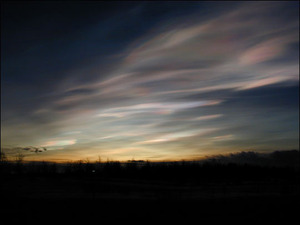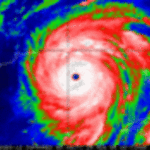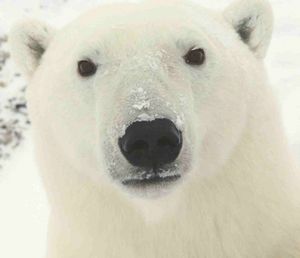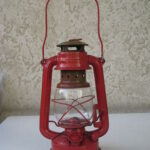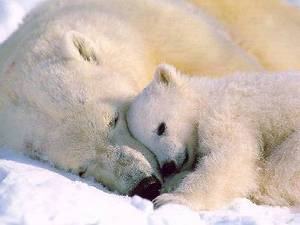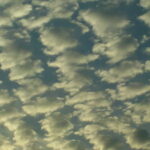The stratosphere is the second atmospheric layer above the Earth’s surface. This layer is characterized by both vertical stability and dry air, allowing very little cloud development. While almost all weather occurs in the troposphere, located below the stratosphere, there are still occasions when certain types of clouds can be found in the stratosphere. Examples of these stratospheric clouds include polar stratospheric clouds, intense cumulonimbus clouds and clouds related to hurricane development.
Atmospheric Layers
The Earth’s atmosphere is divided into five distinct layers. The lowest of these levels is called the troposphere, ranging from the Earth’s surface to a height of approximately ten miles. The troposphere is the atmospheric level in which almost all of Earth’s weather and clouds occur. The next atmospheric layer is the stratosphere, extending in height from approximately ten to 31 miles. Above the stratosphere is the mesosphere, extending in height from 31 to 50 miles. The mesosphere is the atmospheric layer responsible for consuming most meteors. The next layer is the thermosphere, extending in height from 50 to 600 miles. Finally, the exosphere represents the point where the Earth’s atmosphere merges into space.
The Stratosphere
The stratosphere is a highly stratified atmospheric region, with little vertical movement. Unlike the troposphere, where temperature decreases with altitude, temperatures in the stratosphere actually increase with altitude. This temperature inversion is caused by solar radiation (sunlight) warming the ozone molecules that are found in the stratosphere. Atmospheric instability is the result of warm air rising into colder air. The stratosphere’s temperature inversion produces the opposite result – very stable, stratified atmospheric conditions. These conditions are entirely unfavorable to cloud development. Furthermore, the air within the stratosphere is very dry, containing little water vapor with which to produce clouds.
The height at which the stratosphere begins is not as consistent as with the other layers, varying by latitude and season. The base is generally located around ten miles at the equator, dropping to as low as five miles at the poles. The base is higher during the summer, while it descends during the winter.
Common Cloud Types
Clouds are typically divided into three categories, based upon the height of their base. Low clouds form between the surface and 6,500 feet. Mid-level clouds, using the prefix alto, range in height from 6,500 to 23,000 feet. High-level clouds, using the prefix cirro, range in height from 16,000 to 42,000 feet. Some consider clouds with verticle development, called cumulus, to be a fourth category; however, they can still be classified by the height at which their base starts. These three (or four) levels contain almost all of the common types of clouds, all of which occur within the troposphere.
Stratospheric Clouds
Despite the difficulties presented by the stratosphere, there are a few instances where clouds can be found in this layer of the atmosphere. During the winter, polar stratospheric clouds (PSCs) can occur in the lower levels of the stratosphere, near the poles. These clouds are comprised entirely of ice crystals. Mature cumulonimbus storm cells, referred to as super cells, can occasionally reach heights of 60,000 feet. However, it requires an enormous amount of upward lift for vertical cloud development to punch into the stable stratosphere. Furthermore, these storm cells must also overcome horizontal shearing caused by the jet stream, which flows just beneath the stratosphere. These factors conspire against clouds attempting to reach into the stratosphere, produce the anvil seen at the top of towering thunderstorms. Encountering the inability to sustain further vertical development in the stratosphere, they are sheared-off by the upper-level winds of the jet stream. Finally, intense hurricanes can foster cloud development that has the ability to reach as high as 60,000 feet, punching as much as 10,000 feet into the stratosphere.
Sources:
“The Stratosphere,” Windows to the Universe
“The Troposphere,” Windows to the Universe
Michael Pidwirny, Ph.D., “Atmosphere Layers,” The Encyclopedia of Earth Michael Pidwirny, Ph.D.
“Cloud Types,” Windows to the Universe
“Clouds,” Aeronautic Learning Laboratory for Science, Technology, and Research
Clare Averill and Greg McFarquhar, “Hurricane Wilma: Natural Hazzards,” NASA: Earth Observatory
